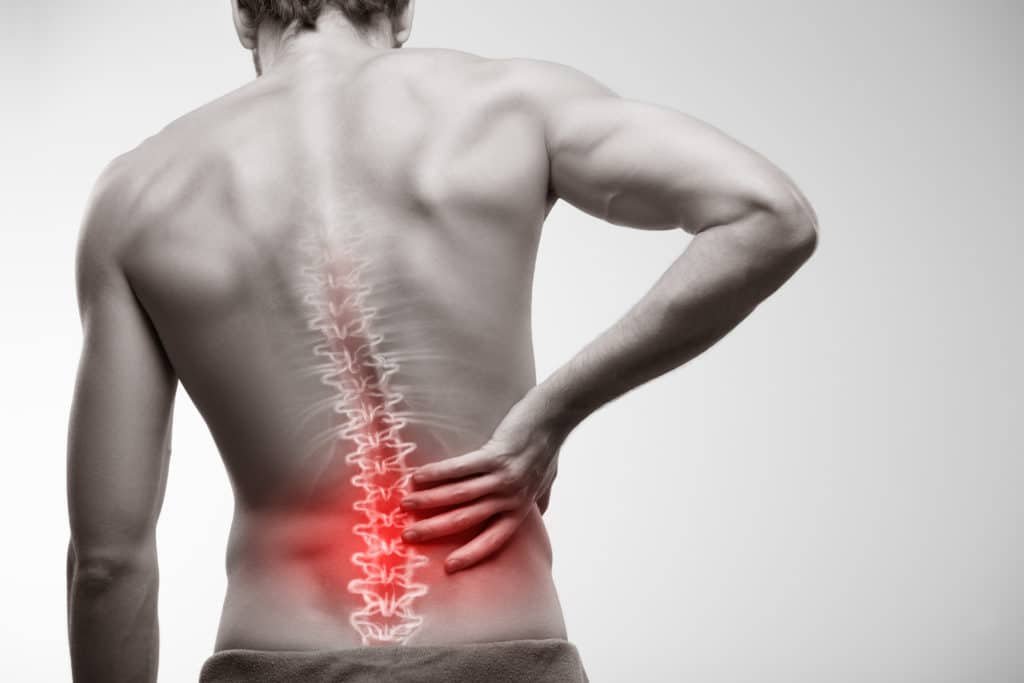
How to Manage Pain Naturally with a Herniated Disc
Living with a herniated disc can be challenging. The discomfort and limitations it causes during daily life activities may leave you searching for effective ways to alleviate pain. While conventional treatments exist, there are also natural methods that provide the possibility of relief. Here is more information on strategies for managing hernia pain and other available options with the guidance of medical professionals.
What Is a Herniated Disc?
A herniated disc occurs when the soft inner portion of a spinal disc pushes through a crack in its tougher exterior. The spine’s discs act as cushions between the vertebrae, supporting movement and flexibility. When herniated, the disc material can irritate nearby nerves, causing pain.
These discs can occur in various parts of the spine, but they are most common in the lower back (lumbar spine). They may also affect the neck (cervical spine). Some herniated discs may cause significant symptoms and pain along the nerve, requiring attention.
What Are the Causes and Symptoms?
This condition is commonly caused by wear and tear associated with aging, sudden strain, or lifting heavy objects with poor technique. Additional risk factors include genetics, obesity, and repetitive movements. These and other factors all have the possibility of increasing the likelihood of developing this condition.
The symptoms of a herniated disc depend on its location and severity. Common signs include pain radiating to the arms or legs, numbness, tingling, or muscle weakness. In some cases, the pain may intensify with specific movements or prolonged sitting.
How Can You Relieve Pain Naturally?
At-home remedies are a pathway for treating pain caused by this condition naturally. Here are some suggestions:
Gentle Exercise and Stretching
Physical activity may feel counterintuitive when experiencing pain, but gentle exercise can improve mobility and reduce stiffness. Focus on low-impact activities like walking, swimming, or yoga. Specific stretches targeting your back and core muscles may provide additional support and minimize stress on the affected area.
Hot and Cold Therapy
Alternating between heat and cold may ease discomfort. Heat promotes blood flow, relaxing tight muscles, while cold reduces inflammation and numbs acute pain. Use a heating pad or warm towel for 15 minutes and follow with an ice pack for the same duration.
Mind-Body Techniques
Relaxation practices, such as meditation, mindfulness, and controlled breathing, may help reduce the perception of pain. Control over the mind helps deal with the physical body. Combining these techniques with physical therapy creates a holistic approach to pain management.
What Professional Treatments Are There?
For severe or persistent discomfort, professional treatments can complement natural approaches:
- Physical Therapy
Physical therapists use techniques that strengthen core muscles, improve posture, and increase flexibility to prevent further injury.
- Epidural Steroid (Cortisone) Injections
This treatment involves an injection near the affected spinal nerve and reduces inflammation.
- Radiofrequency Ablation
By delivering heat to nerve fibers, radiofrequency ablation interrupts pain signals.
- Percutaneous Discectomy
This minimally invasive procedure removes a portion of the herniated disc to relieve pressure on nearby nerves.
What Else Should You Know?
Managing a herniated disc requires persistence. While pain can fluctuate, staying consistent with natural methods and professional treatment plans may enhance your progress. Avoid activities that exacerbate symptoms, and prioritize good posture during daily activities to reduce spinal stress.
Relieve Pain Now
Although living with a herniated disc presents challenges, many options exist to help you regain control naturally. From gentle exercise and relaxation techniques to professional treatments, you can tailor an approach that aligns with your individual needs. Reach out to a certified specialist for a personalized plan to address your pain.
